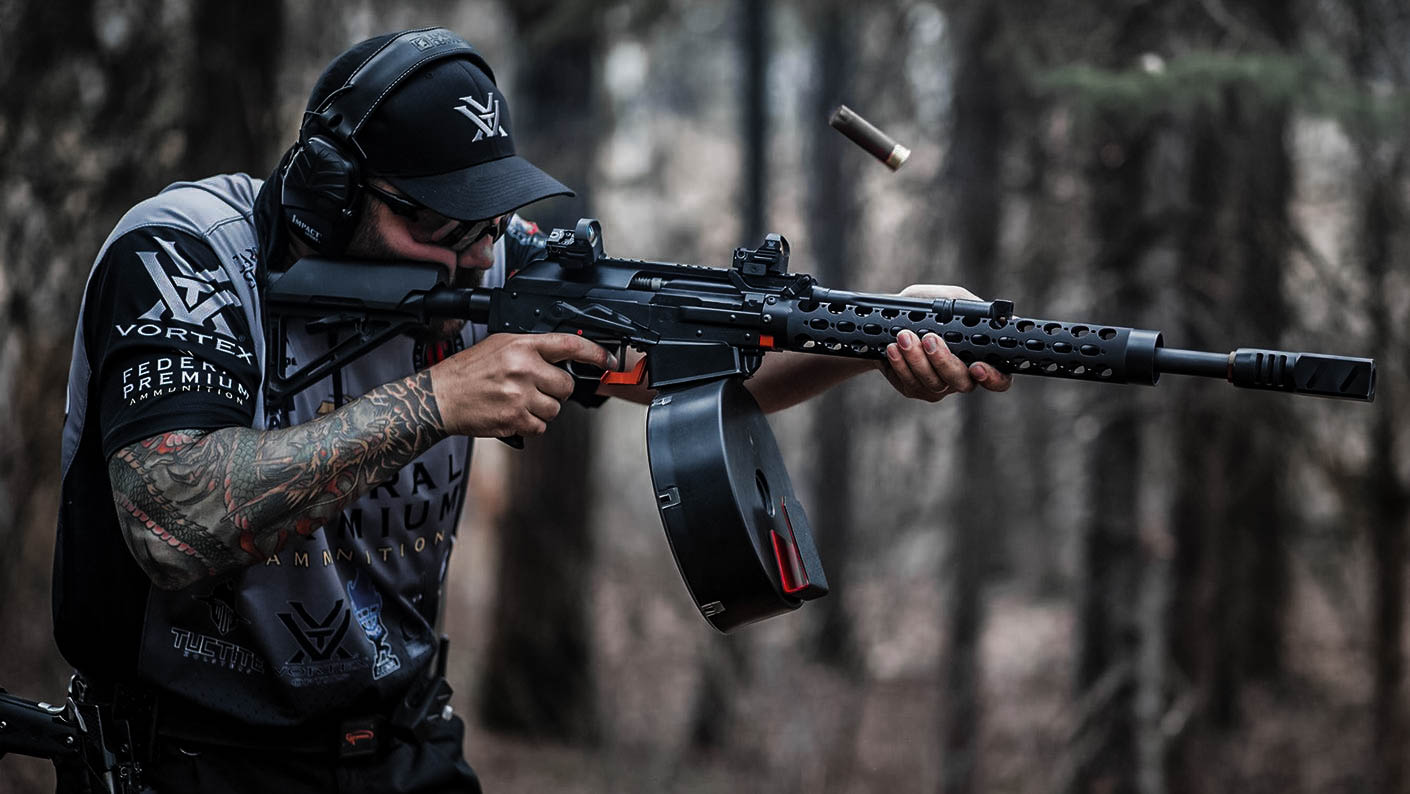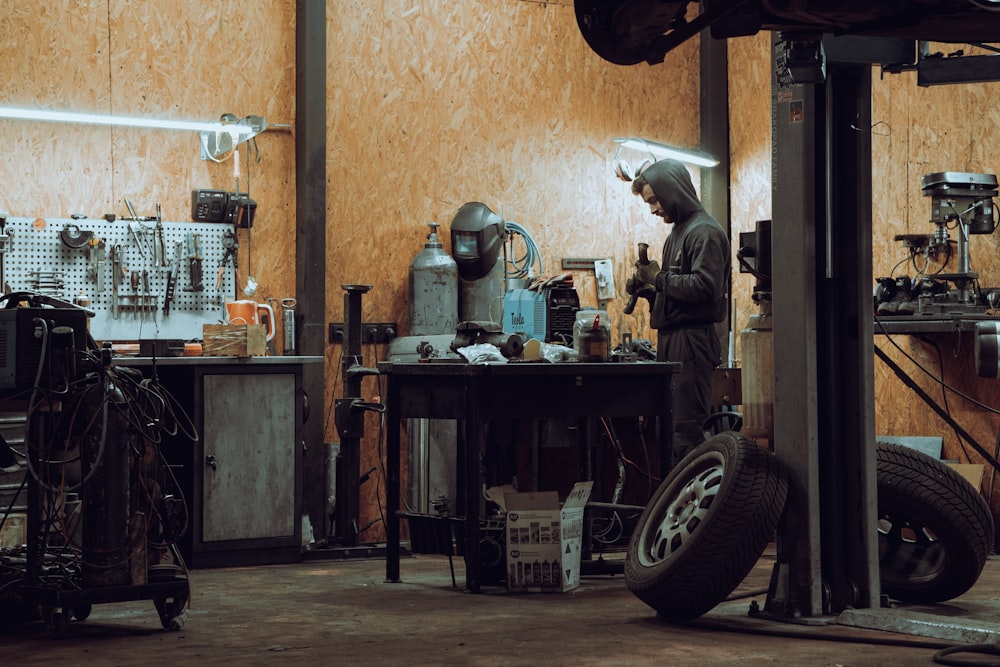
Key Takeaways:
- The right holster can significantly impact your competitive shooting performance.
- Material, fit, accessibility, and design are pivotal in selecting a suitable competition holster.
- Compliance with competition regulations is as critical as the gear itself.
- Training with your holster can improve draw speed and firearm handling under competitive conditions.
- Understanding the nuances of your shooting discipline can guide you to the most appropriate holster choice.
Table of Contents:
- Introduction to Competitive Shooting Holsters
- Key Features to Look for in a Competition Holster
- Material Considerations for Holsters
- The Impact of Holster Design on Shooting Speed and Accuracy
- Customization and Personalization Options
- Holster Placement and Body Mechanics
- Training Techniques to Maximize Holster Efficiency
- Selecting the Right Holster for Different Competitive Disciplines
- Making an Informed Decision: What to Know Before Purchase
Introduction to Competitive Shooting Holsters
The world of competitive shooting is one where fractions of a second can mean the difference between standing on the podium or not. The gear competitors carry into matches is meticulously scrutinized, optimized, and often customized to shave off every possible delay. Among such gear, the holster is one element that directly influences the efficiency and speed of a shooter’s draw. Reliable competition holsters are not merely an accessory but a vital component of a shooter’s performance toolkit. This guide explores the critical facets of holsters designed for competitive shooters and provides incisive insights on making informed selections.
Key Features to Look for in a Competition Holster
When embarking on the quest for the perfect competition holster, there are vital features that should guide your search. The security of the firearm is paramount; the holster must offer unyielding retention, ensuring that the gun remains steadfastly in place under the dynamic and varied movements of competitive shooting. Access to the weapon can be flexible and convenient; a queuing delay could cost scoring and placement dearly. Adjustability can’t be overlooked, as it allows the shooter to position the firearm optimally for a personalized draw—crucially important when under pressure and the clock is ticking.
Material Considerations for Holsters
The debate over holster materials is long-standing and subjective, with advocates for traditional Leather and modern synthetics presenting solid cases. With its timeless appeal and ability to form-fit to the firearm, Leather provides a particular aesthetic and customization that many find indispensable. However, it requires care and can be subject to wear in unpredictable ways. a durable and rigid material, offers a consistent draw and easy maintenance but may need more comfort. Hybrids marry the advantages of both, often featuring a tough shell attached to a comfortable backing, blending the best aspects of each material.
The Impact of Holster Design on Shooting Speed and Accuracy
Beyond material, the physical design of a holster can have tangible impacts on a competitor’s time and accuracy. Some designs feature aspects that specifically aim to reduce drag or snag points, facilitating a swift and predictable draw. Such designs reflect a deep understanding of the movements inherent in competition shooting, striving to create a near-seamless transition from a holstered weapon to ready-to-fire. Stability is another cornerstone of effective holster design; a secure and shake-free holster means the shooter can focus entirely on the targets without concern for firearm movement.
Customization and Personalization Options
The adage “one size fits all” holds little weight in competitive shooting. Holsters that offer customization options can be a critical asset. Variables such as retention level, the angle of draw (cant), and the height at which the gun sits (ride) can all be fine-tuned. Such personalization ensures that the transition from holster to hand to target is as smooth as possible, bringing unfaltering confidence. Accessories such as attachments for magazines or tools can further enhance a holster’s functionality, grounding it firmly in the realm of tailored performance gear.
Holster Placement and Body Mechanics
Any competitive shooter will affirm that their choice of holster is not solely about the holster itself but also where it is placed on the body. The location should promote a natural posture and an effortless draw. For many, this means positioning the holster around the waistline, although other placements have their proponents. Critically, the holster placement must accommodate quick, unhindered movement, ultimately derived from synthesizing the shooter’s physical attributes and their honed technique. Every draw is a practiced art; the holster is the unspoken ally in its execution.
Training Techniques to Maximize Holster Efficiency
Mastering one’s holster is as essential as any other aspect of preparation. Focusing drills that emphasize speed and consistency in drawing can dramatically improve performance. Transition and reload practices are also crucial in preparing for the fluid nature of competitions. Tips and techniques shared by the seasoned Shooting Sports community members can provide invaluable insights, assisting competitors in refining their holster proficiency beyond what isolated practice might achieve.
Selecting the Right Holster for Different Competitive Disciplines
As varied as the disciplines in competitive shooting are, so too are the requirements for holsters. A holster ideally suited for speed shooting may not align with the demands of shooting sports, where precision from a static position is paramount. Each discipline has evolved to favor specific holster characteristics, and tapping into veterans’ experiences within each genre can steer a newcomer toward a tried-and-tested holster. Understanding the unique requirements of your chosen discipline is critical when determining the best holster for your competitive endeavors.
Making an Informed Decision: What to Know Before Purchase
Securing a competition-grade holster is not simply a purchase but an investment in a shooter’s competitive future. The balance between cost considerations and desired performance features should be assessed with a long-term perspective. Research and feedback are invaluable; hence, exploring reviews and dialogues with fellow competitors is essential. The path to a successful holster choice is paved with informed decisions based on a clear understanding of one’s needs, the demands of the sport, and the options available within the market.









